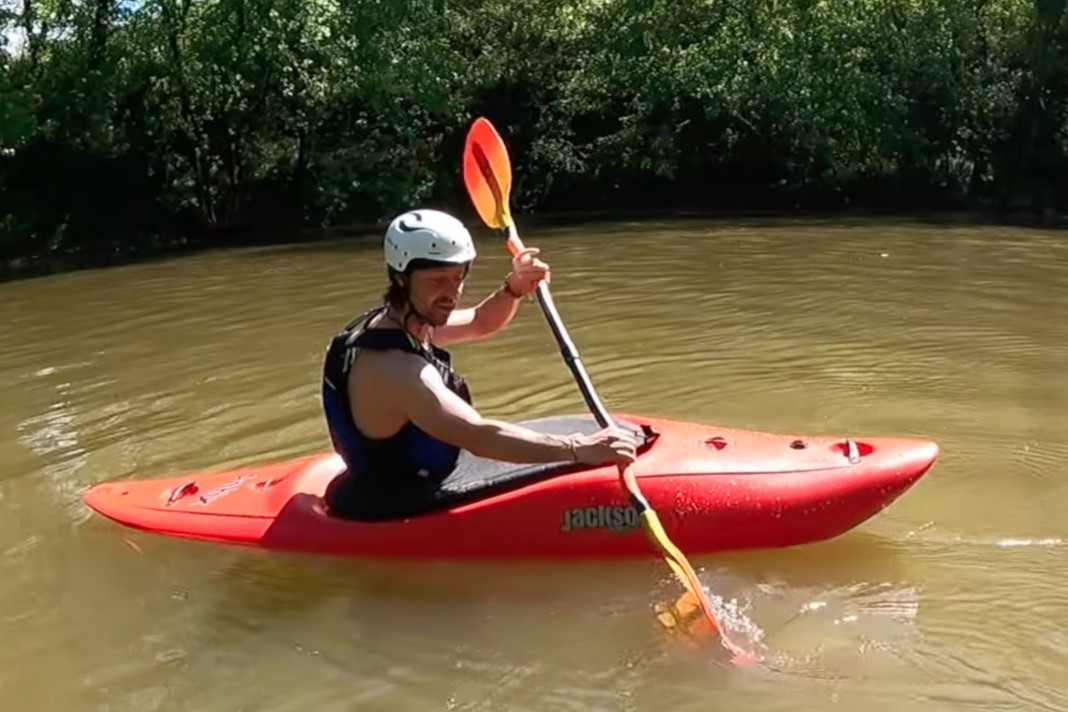Products You May Like
Without question, there is no stroke we use more often in kayaking than the forward stroke. The ability to execute a completely effective and efficient forward stroke is perhaps more complex though than we give credit.
When we hit the water, we often quickly move on to more exciting techniques and spend the rest of our paddling days living with the habits developed with those first strokes. The truth is whether you are new to kayaking or a veteran of the sport, the forward stroke can always use work. In this video, Jackson Kayak athlete Boyd Ruppelt goes over the elements of a proper forward kayak stroke.
Tips To Perfect Your Kayak Forward Stroke
Ruppelt opens by explaining the benefits of a solid forward stroke.
“The reality is, efficiency is your friend,” he says. “You want to have endurance as a kayaker because you’re going to be paddling a lot. Also, the more momentum you have, the more control you have. Another reason is injury prevention. Having good technique keeps you from getting hurt.”
Here are a few key points Ruppelt shares to help your kayak forward stroke:
Posture
“Make sure that you’re sitting up nice and tall. Straighten your spine. [Run] an imaginary line going through your head and out your crown. Hinge forward slightly at the hips rather than just hunching forward.”
Torso Rotation
“If you’re sitting in a chair, imagine turning your body without turning your legs, leaving your legs forward—that’s step one. Step two is picking something to look at. You should be able to rotate your body without turning your head.”
Bringing The Paddle In The Mix
“All I’m going to do is rotate my body. Without moving my legs and without moving my head, plant the paddle at your feet. As you unwind your body and pull the stroke, pull it with your whole body. Rotating your torso, pull the paddle out at your hips.
“You should be lined up where your opposite hand and opposite elbow are in alignment with the center of the kayak. The top arm should be positioned about shoulder high to forehead high.”
Top Arm As A Fulcrum
“Your top hand really needs to be a fulcrum for the lever. You can have a lot more power using your entire body to rotate your core. You’re going to know you’ve got it right when your paddle blade enters the water quietly without a lot of splash and exits just as smoothly.”
